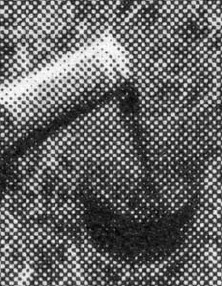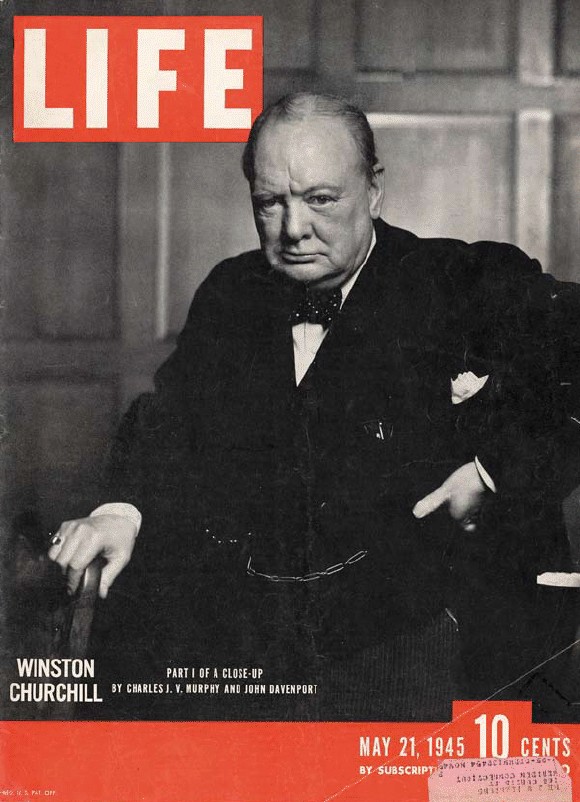- Relief printing
- Intaglio and planographic printing
- Color printing
- Bits and pieces
- Early photography in silver
- Non-silver processes
- Modern photography
- Color notes
- Color photography
- Photography in ink: relief and intaglio printing
- Photography in ink: planographic printing
- Digital processes
- Where do we go from here?
Magazines

Detail of Halftone print. Henri Cartier-Bresson. Sunday on the Banks of the Marne, France. 1936–38 (printed 1947). © Henri Cartier-Bresson/Magnum, courtesy Fondation Henri Cartier-Bresson. An eight-times enlargement showing the halftone dot pattern. Imperfect inking and squeezed transfer of ink to paper have produced considerable distortion of the halftone dot.
By the turn of the century—that is, of the nineteenth to the twentieth—photographs were everywhere. The medium had been alive for sixty years, the old handmade photographic processes were on the way out, and the dry plate, burrowing its way into society through the efforts of George Eastman, was responsible for millions of photographs. The thing that was missing in all this was the cheap, throwaway, mass-produced photograph. As long as photography was based on chemical processing and individually developed prints, it was destined to be marginal in its social effect. The cheap and reasonably adequate single-color halftone met this evolutionary challenge.Within the next fifty years an astonishing number of pages were printed holding ink-generated photographs. These turned up in books and newspapers, but a huge portion of them appeared in magazines.

Detail of Wood engraving and halftone print. Photographer unknown. The Pavilions of the Paris Exhibition. 1889. 15 x 10" (38.1 x 25.4 cm). The Museum of Modern Art, New York. Gift of Richard Benson.
Magazines bridged the gap between the one-day-relevant newspaper and the more expensive, permanent book. They could deal with news and popular subjects and could lie around the house for a while before being thrown away. Most newspapers were local events, printed in enough copies to satisfy the nearby population, and the book tended to be a national item, made in a few thousand or so copies on the gamble that it would reach enough buyers to sell out the edition. The magazines, on the other hand, adjusted the size of their runs to a growing national audience. Rapidly produced—often weekly—their editions routinely went into the hundreds of thousands, and the industrialized world was quickly wrapped in cheap photographs printed as ink halftones.

Halftone print. Yosuf Karsh. Winston Churchill. 1941 (Printed 1945). 10 1/2 x 14" (26.7 x 35.6 cm). The Museum of Modern Art, New York. Gift of Richard Benson © Time, Inc. The cover of Life magazine, May 21, 1945.
The halftone block was originally a flat thing—copper tacked onto wood, locked into a chase with metal type. The magazine revolution happened when this simple image-bearing tool became thin and curved and could be mounted on a rotary cylinder. This was achieved through the technique of the stereotype, which was a casting, or electroplated replica, of the halftone block. Stereos were made in a number of ways, but every method ended up with a thin, tough relief plate that rotated in the press instead of moving through it in a reciprocating pattern. Rotation brought speed, and reduced the time spent on each unit printed. Time is money, so this window of efficiency gave rise to millions of photographs that could be looked at, read about, and then casually discarded until the next set arrived at the newsstand or in the mailbox.

